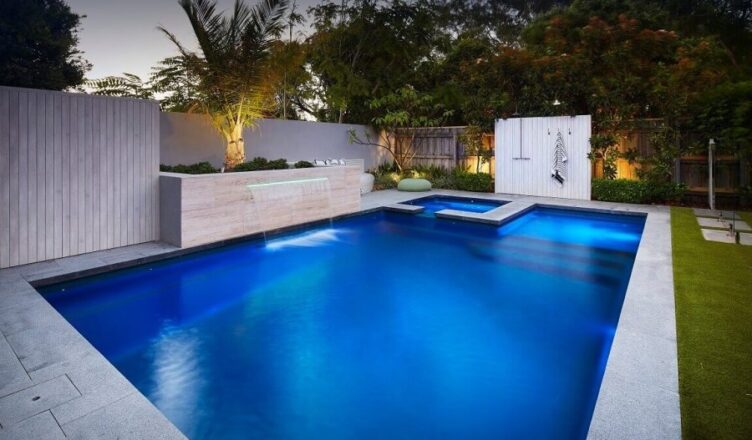Climate is a major factor in deciding costs and practicality when it comes to pool installation and upkeep. Climate variables, such as temperature extremes and rainfall patterns, vary from place to region and have a substantial impact on the total cost of owning a swimming pool. Comprehending these geographical disparities is crucial for homeowners contemplating a pool investment, as well as contractors seeking to customise their offerings to suit certain local requirements.
Temperature Variations and Installation Costs
Regional temperature differences are one of the main climate factors influencing pool prices. Pools are frequently regarded as necessities in warmer regions, such the southern United States, which increases demand and intensifies competition among contractors. Installation costs may decrease as a result, since businesses may reduce their pricing to draw in customers. In contrast, installation could cost higher in colder climates where pools are less frequent. Contractors who specialise in creating pools that can survive freezing temperatures may charge more for their skills, and specialised equipment like heated systems can be required. Furthermore, climate frequently influences the style of pool (above-ground, in-ground), with warmer regions preferring in-ground pools and cooler regions favouring above-ground choices since they require less ongoing maintenance. In the process of proper pool designs choosing the right options is wise.
Rainfall Patterns and Maintenance Implications
Rainfall is yet another important variable that influences the cost of installation and upkeep. Pools may need extra structural support or drainage systems in areas with high rainfall to avoid erosion or overflow, which would raise the initial cost of installation. Furthermore, these locations frequently have higher levels of organic waste and debris in the water, requiring more thorough maintenance procedures. For homeowners, the maintenance, which includes using more chemicals like chlorine and algaecides, results in higher ongoing expenses. On the other hand, because of evaporation, pools in dry areas with little rainfall could need more frequent water replenishment and more expensive maintenance.
Seasonal Considerations and Year-Round Use
Seasonality is another climate aspect to consider when assessing pool costs. During hard winters, pools may close for long durations. This may require off-season pool winterization and maintenance. Winter coverings and other equipment add cost and preparation. In warmer places where pools are used year-round, maintenance costs can be stretched out, promoting a more regular budget. Whether a pool is a seasonal or year-round luxury affects overall costs.
Conclusion
Swimming pool installation and maintenance costs depend on the climate. Demand, installation methods, and features depend on temperature, whereas rainfall patterns impact maintenance complexity and seasonal needs. These local factors should be considered by homeowners and builders when renovating pools. Knowing how climate affects decisions can increase happiness and investment. Understanding how the local environment and pool economics combine may help you make better financial decisions and be happier living outdoors.

